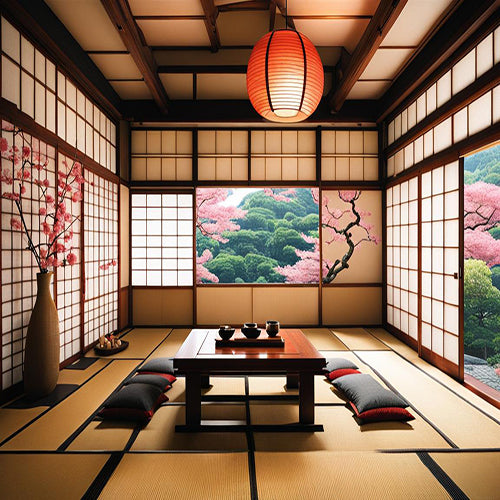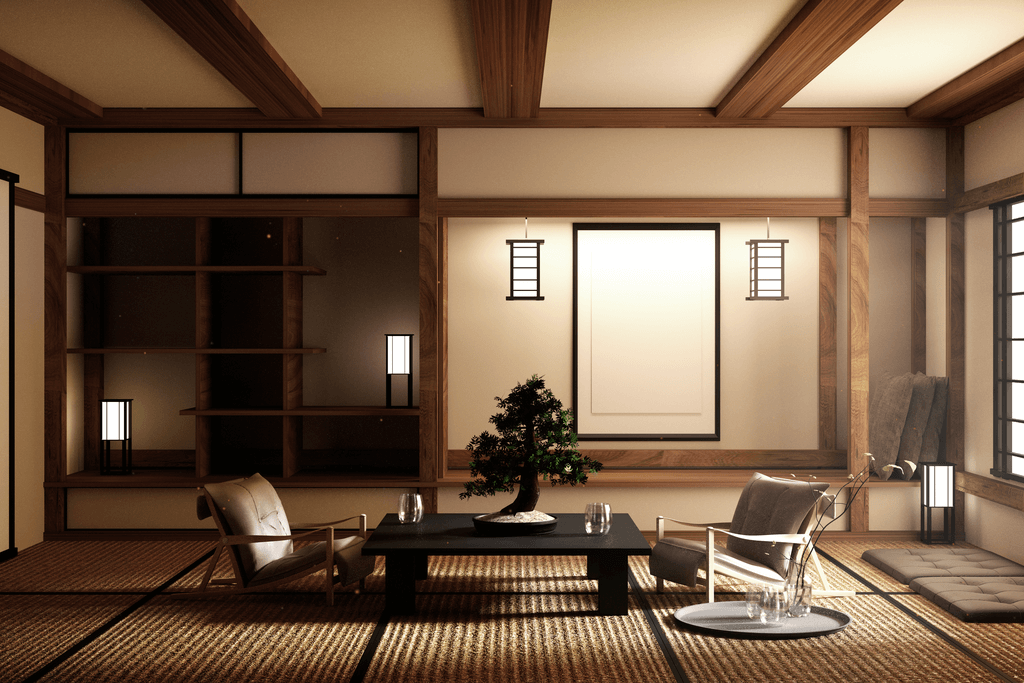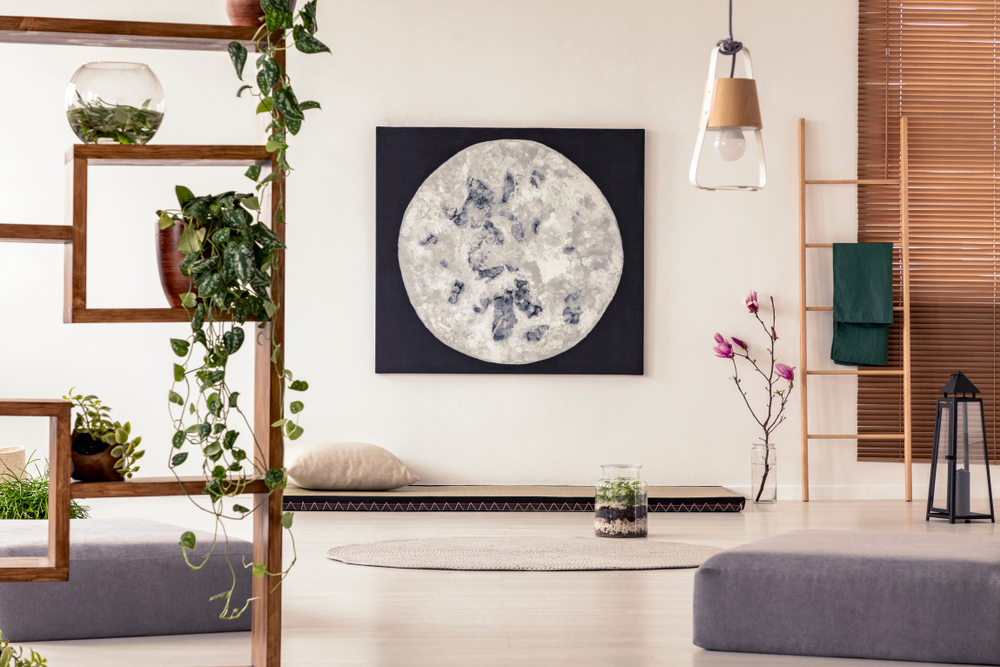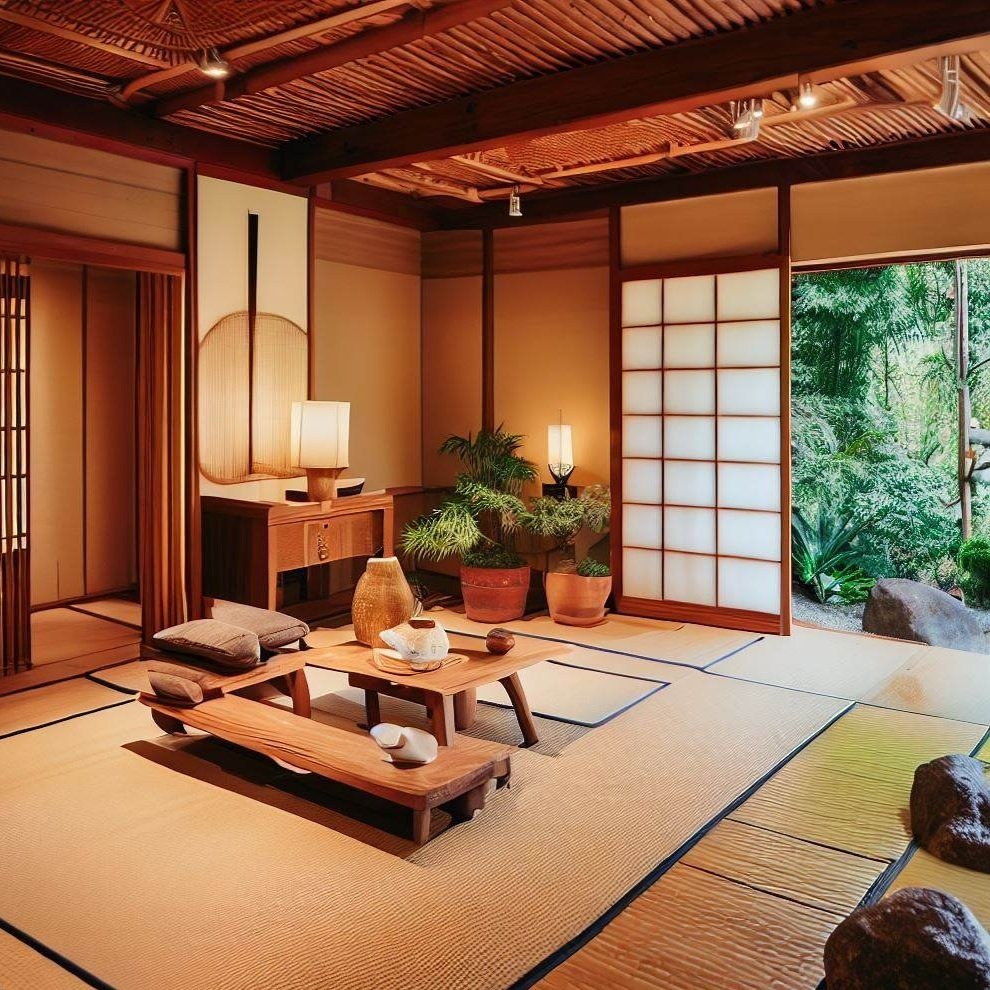Japanese home decor is not just a style; it’s a philosophy that emphasizes simplicity, tranquility, and a deep connection to nature. As someone who has spent years immersing myself in Japanese culture and aesthetics, I’m eager to share insights that can help you transform your home into a serene oasis inspired by Japan’s rich design traditions.
Understanding the Essence of Japanese Home Decor
Before diving into specific styles and elements, it’s essential to understand what defines Japanese home decor. At its core, it embodies the principles of wabi-sabi (finding beauty in imperfection) and Zen (creating a peaceful environment). These principles encourage a minimalist approach that fosters mindfulness and harmony.
Key Characteristics of Japanese Home Decor
- Minimalism: Use of fewer pieces to create a clutter-free space.
- Natural Materials: Preference for wood, stone, bamboo, and paper.
- Neutral Color Palette: Soft, soothing colors that promote tranquility.
- Indoor-Outdoor Connection: Seamless integration of nature through gardens or large windows.
- Functional Furniture: Multi-purpose and foldable items that save space.
Popular Japanese Decor Styles
1. Traditional Japanese Decor (Kaiseki)
Traditional Japanese decor often features tatami mats, shoji screens, and low furniture arrangements. This style emphasizes a connection with nature and simplicity, creating a sense of calmness in every room.
Key Elements of Kaiseki Style
| Element | Description | Pros | Cons |
|---|---|---|---|
| Tatami Mats | Straw mats providing a natural floor covering. | Comfortable, eco-friendly. | Requires regular maintenance. |
| Shoji Screens | Sliding doors made of wooden frames and paper. | Allows light while maintaining privacy. | Fragile compared to solid doors. |
| Low Furniture | Seating and tables positioned close to the ground. | Encourages a relaxed atmosphere. | May not suit everyone’s comfort preferences. |

2. Modern Japanese Decor
Modern Japanese decor harmonizes traditional elements with contemporary designs. This style often incorporates sleek lines, innovative materials, and bold color accents while maintaining a sense of simplicity.
Key Elements of Modern Japanese Decor
| Element | Description | Pros | Cons |
|---|---|---|---|
| Sleek Furniture | Contemporary pieces with minimal ornamentation. | Space-efficient and stylish. | Can be more expensive. |
| Bold Accents | Use of vibrant colors or striking art pieces. | Adds personality and flair. | Must be balanced to avoid chaos. |
| Innovative Materials | Incorporation of glass, metal, and composite materials. | Fresh and modern look. | May detract from the traditional aesthetic. |

Incorporating Japanese Elements into Your Home
1. Start with the Colors
Choose a neutral color palette that reflects the natural world. Soft whites, muted greens, and gentle earth tones can create a serene backdrop for your decor.
2. Invest in Natural Materials
Opt for wooden furniture, stone decor, and textiles made from natural fibers. The warmth of wood and the texture of stone can bring a touch of the outdoors inside.

3. Emphasize Simplicity
Keep decorations minimalistic. Select a few key pieces that resonate with you emotionally, such as a beautiful vase or a piece of art that reflects your personal journey.
4. Create Indoor-Outdoor Spaces
Design your home to blur the lines between the indoors and outdoors. Incorporate plants, sliding doors, or large windows that frame natural views.

Functional Decor: Multi-Purpose Features
Japanese decor often incorporates functional elements. Think of furniture that serves multiple purposes, such as:
- Futons that can be rolled up and stored away.
- Ottomans that double as storage units.
- Tables that can extend or collapse based on your needs.
Creating a Zen Space at Home
To truly embody the spirit of Japanese decor, consider creating a Zen space in your home for meditation or relaxation. Here’s how:
1. Choose the Right Location
Look for a quiet corner or a room with a view of nature.
2. Add Natural Decor
Incorporate plants, stones, and materials that evoke peace and tranquility.
3. Utilize Soft Lighting
Use lamps with soft, diffused light and consider candlelight to create a calming atmosphere.

Common FAQs about Japanese Home Decor
What are the key colors used in Japanese decor?
Japanese decor typically employs a palette of soft earth tones, whites, and greens to create a calming environment.
How can I make my home feel more Japanese?
Focus on minimalism, use natural materials, and incorporate elements of nature to enhance the Japanese feel.

Is Japanese decor expensive?
It can vary widely; traditional pieces might be costly due to craftsmanship, while modern interpretations can be more affordable.
Can I mix Japanese decor with other styles?
Absolutely! Blending Japanese aesthetics with other styles can create a unique and personalized space.

Final Thoughts: Embracing Japanese Decor
Transforming your home with Japanese decor is not just about aesthetics; it’s about creating a lifestyle that values peace, simplicity, and a connection to nature. By incorporating these elements, you’ll find that your space becomes more than just a place to live—it becomes a sanctuary that nurtures your spirit.
Conclusion
Japanese home decor invites you to slow down, appreciate the beauty around you, and create a space that reflects your personality while maintaining harmony with the world. Whether you choose to adopt traditional elements or incorporate a modern twist, remember that the essence lies in tranquility and simplicity. Happy decorating!